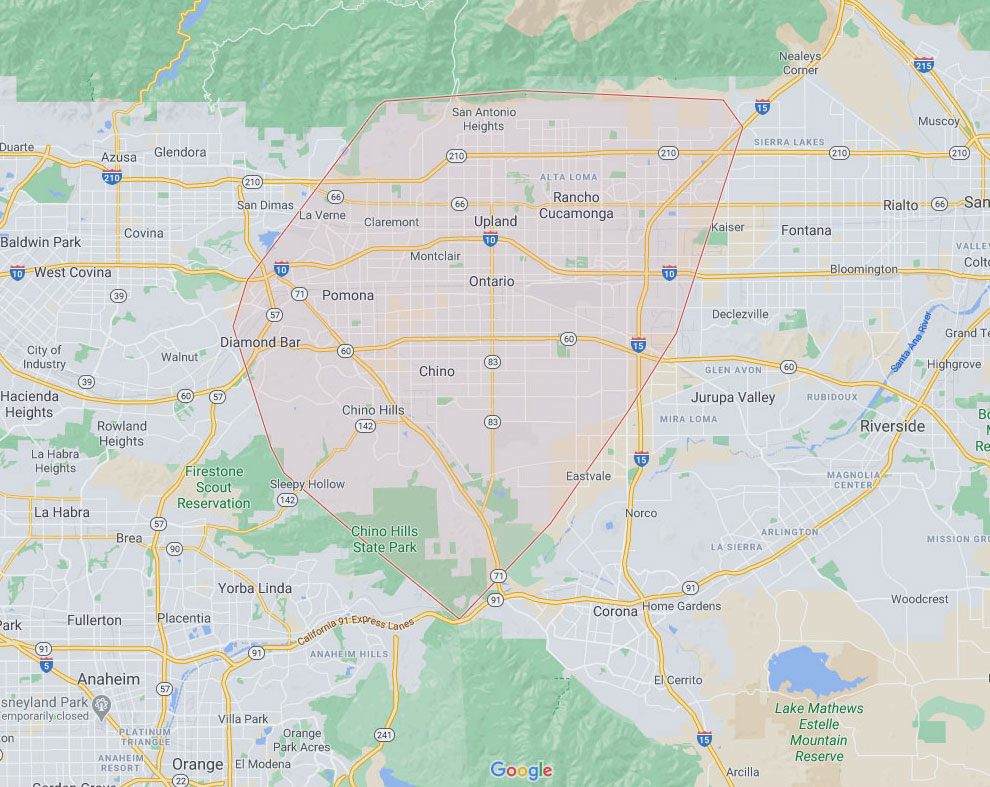CDC recommends washing hands with soap and water whenever possible because handwashing reduces the amounts of all types of germs and chemicals on hands. But if soap and water are not available, using a hand sanitizer with at least 60% alcohol can help you avoid getting sick and spreading germs to others. The guidance for effective handwashing and use of hand sanitizer in community settings was developed based on data from a number of studies.
Alcohol-based hand sanitizers can quickly reduce the number of microbes on hands in some situations, but sanitizers do not eliminate all types of germs.
Why? Soap and water are more effective than hand sanitizers at removing certain kinds of germs, like Cryptosporidium, norovirus, and Clostridium difficile1-5. Although alcohol-based hand sanitizers can inactivate many types of microbes very effectively when used correctly 1-15, people may not use a large enough volume of the sanitizers or may wipe it off before it has dried 14.
Hand sanitizers may not be as effective when hands are visibly dirty or greasy.
Why? Many studies show that hand sanitizers work well in clinical settings like hospitals, where hands come into contact with germs but generally are not heavily soiled or greasy 16. Some data also show that hand sanitizers may work well against certain types of germs on slightly soiled hands 17,18. However, hands may become very greasy or soiled in community settings, such as after people handle food, play sports, work in the garden, or go camping or fishing. When hands are heavily soiled or greasy, hand sanitizers may not work well 3,7,16. Handwashing with soap and water is recommended in such circumstances.






